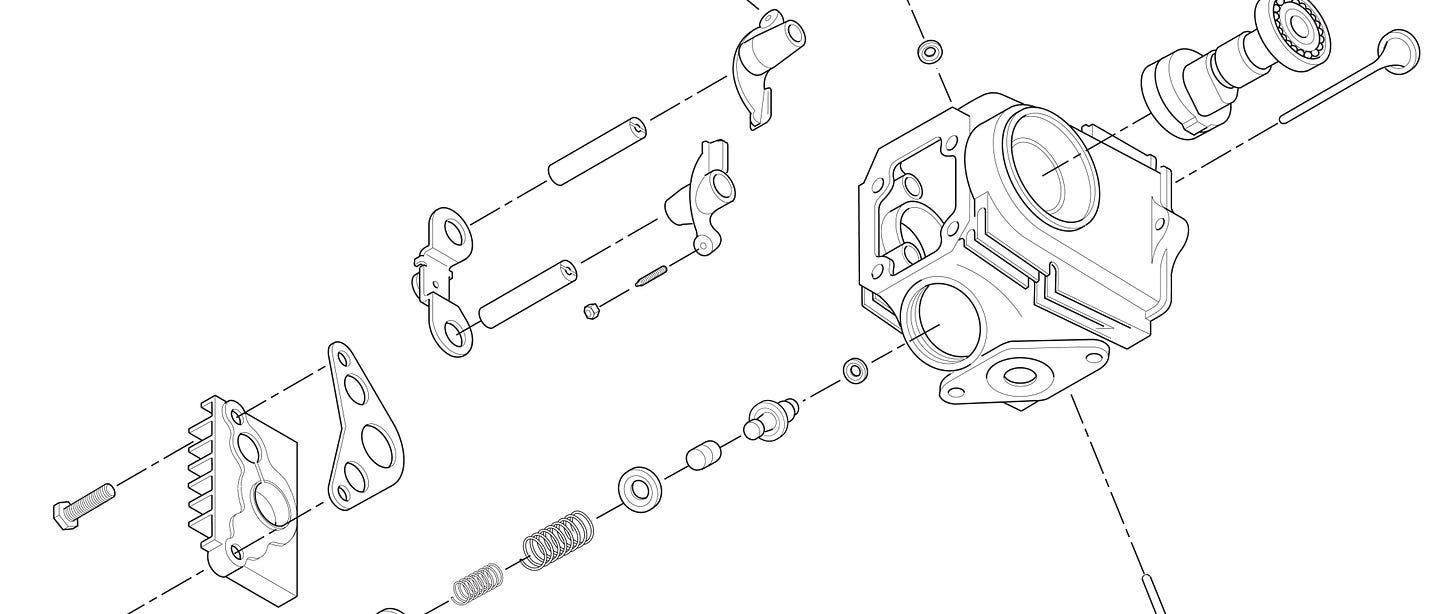Today we’re going to look at all the tricks and choices that make the short story Crestview work
Warning: If you’ve yet to read the story, please do so now. Otherwise, none of the following will make a lick of sense. The story is in the section Let Me Tell You a Story along with the other fiction I’ve posted.
As always, every story is an experiment.
Now, let’s proceed…
In looking at Crestview, there are three aspects of writing I’ll address. These are:
Flipping the script on cultural precedent
Unpacking the discovery process
Using an accumulating chorus
Writing like a broken record
Flipping the script on cultural precedent
When people argue that there are only so many plots, I only half agree. My position is that there are only so many plots that people Recognize. Unless a story can be even vaguely compared to a previous story, it’s too novel for people to comprehend. For example, throughout her life Margaret Mitchell was asked why her book Gone With the Wind was a rip-off of Thackeray’s Vanity Fair. Both books depict two strong female characters at wartime. One woman in each book — respectively, Scarlett O’Hara and Becky Sharp — is brash and social climbing and willing to risk everything to succeed. Her counterpoint — respectively, Melanie Hamilton and Amelia Sedley — is mild and passive. In the Thackeray book, the battle is Waterloo, where the English win. In the Mitchell book, it’s the American Civil War, where the Confederate Southern states lose.







